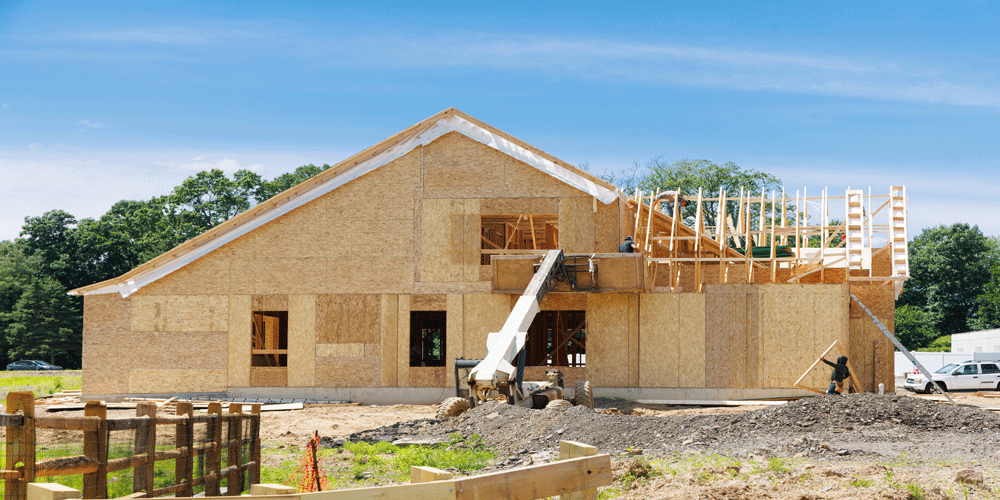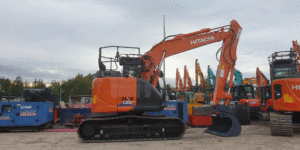
Over the past decade, the self-build industry has experienced a remarkable surge in the United Kingdom. A growing number of individuals are choosing to take on the challenge of designing and constructing their dream homes from scratch, contributing to the rise of a vibrant and dynamic self-build culture.
This movement has far-reaching implications for the UK’s housing market, sustainability efforts, and the evolution of architecture. Let’s explore the factors behind this trend and its significant impact on the nation.
- Empowerment and Creativity: The self-build industry has given individuals a unique opportunity to take control of their living spaces fully. By building their own homes, people can unleash their creativity and express their individuality in architecture and interior design. This empowerment has resulted in a diverse range of innovative and unconventional properties that add a refreshing twist to the architectural landscape of the UK.
- Government Support and Policy Changes: The UK government has recognized the potential benefits of the self-build sector and has taken steps to encourage its growth. In 2016, the “Right to Build” legislation was introduced, requiring local authorities to maintain a register of individuals and groups interested in self-building. Moreover, several financial incentives, such as tax breaks and grants, have been introduced to facilitate self-build projects, making the dream of building a bespoke home more financially feasible for aspiring homeowners.
- Addressing the Housing Crisis: The UK has been grappling with a housing shortage for years, with demand consistently outpacing supply. The self-build industry offers a potential solution to this crisis by introducing a new avenue for housing development. As more people take on self-build projects, the overall housing stock increases, diversifying the market and easing pressure on traditional property markets.
- Sustainable Building Practices: The self-build movement has also aligned with the growing interest in sustainable living and eco-friendly building practices. Many self-builders prioritize energy-efficient designs, renewable materials, and low-impact construction techniques. By championing sustainable building, this trend is contributing to the UK’s efforts to combat climate change and reduce the carbon footprint of the housing sector.
- Economic Impact: The rise of the self-build industry has not only impacted the housing sector but also spurred economic growth in related industries. Building suppliers, construction firms, architects, and interior designers have all experienced increased demand for their services. This phenomenon has created job opportunities and boosted local economies, particularly in regions where self-build projects are concentrated.
- Community Building: Beyond the economic impact, self-build projects have fostered a sense of community among those involved in the movement. Self-builders often come together to share ideas, resources, and support, forming tight-knit networks. This communal aspect has led to the establishment of self-build associations and events, where enthusiasts can connect and exchange knowledge, further fueling the growth of the industry.
The rise of the self-build industry in the UK is a transformative phenomenon, reshaping the way people approach homeownership and housing development. With government support, a focus on sustainability, and a desire for creativity and autonomy, this trend is likely to continue gaining momentum.
As the self-build community grows stronger, it will play a pivotal role in addressing the housing crisis, driving economic growth, and contributing to a more sustainable future for the UK’s housing sector.






Very interesting information!Perfect just what I was searching for!Expand blog